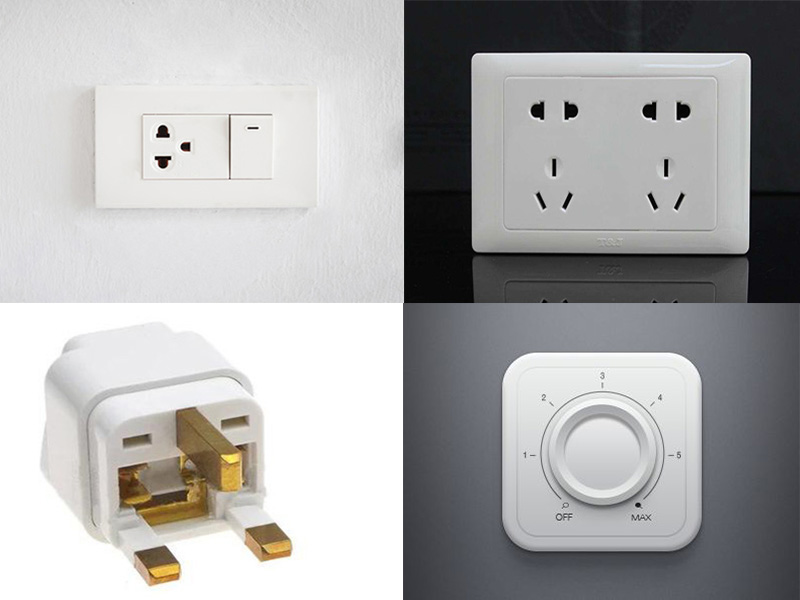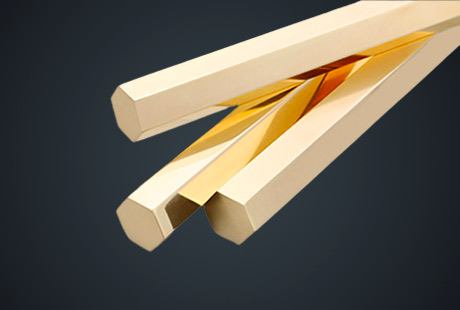These three copper products are of different types. The method of distinguishing them is as follows:
1. Copper can be distinguished by chemical methods:
The brass used in the socket typically contains a copper content of 58-65%, with the rest being zinc. Brass is an alloy composed of copper and zinc. When the zinc content is less than 35%, zinc dissolves in copper, which is called single-phase brass. It is characterized by good plasticity and is suitable for hot and cold pressure processing. When the zinc content is between 36% and 46%, it is duplex brass. The plasticity of duplex brass decreases, and the tensile strength increases, making it only suitable for hot pressure processing. If the mass fraction of zinc continues to increase, the tensile strength will decrease, and it will have no use value. The problem with brass is that its resistivity is too high.
Copper, also known as pure copper, typically contains more than 99% copper in test results. Phosphorus tin bronze contains about 94% copper and about 6% tin. Phosphor bronze (1.3~10%Sn, 0.1~0.3%P) is another widely used elastic electrical contact material. Phosphor bronze has an ultra-fine grain structure and can be obtained by special processing or microalloying. However, phosphor bronze cannot be used in a high-stress state with a temperature exceeding 107 degrees, nor can it be used in an atmosphere containing salt.
In addition, low-lead brass (0.3~0.8%Pb) is used for pinhole electrical contacts.
Beryllium bronze (0.1~2.0% Be) has excellent mechanical properties, electrical and thermal conductivity, and its wear and corrosion resistance is also very good. However, beryllium copper is rarely used for power distribution sockets.
2. Judging by the appearance of copper:
The appearance of brass material is light yellow (some outer layers are electroplated, and the outer layer needs to be ground off), and the copper is purple-red, with the darkest color. The color of tin phosphor bronze is close to that of copper, and the color is brighter.

3. Judging by the strength of copper:
Generally, copper is the softest, easily deformed, and difficult to restore. Brass is next, with stronger strength than copper, and it can slightly recover after deformation. Tin phosphor bronze has good elasticity and rebounds well after deformation.
Usually, in a socket, the socket head is made of brass. Inside the plug-in board, the long sheet is usually made of tin phosphor bronze. There are also some sockets that are replaced with copper inside, but its use time is short, which affects the service life of the socket.
Our company's main business areas include copper processing, high-tech materials, and construction materials. Jintian Copper has more than 20 production and trading subsidiaries. The main products include, but are not limited to, copper wire, copper rod, copper tube, pre soldered fittings, copper plate, enameled wire, valves, and magnetic materials. The output of our main products ranks at the forefront of the industry. The company has established a national-level enterprise technology center and a national-level accredited laboratory, and has obtained the status of a "national-level post-doctoral workstation". We welcome any inquiries you may have.

 English
English 한국어
한국어 français
français Deutsch
Deutsch Español
Español italiano
italiano العربية
العربية tiếng việt
tiếng việt Türkçe
Türkçe ไทย
ไทย 中文
中文







